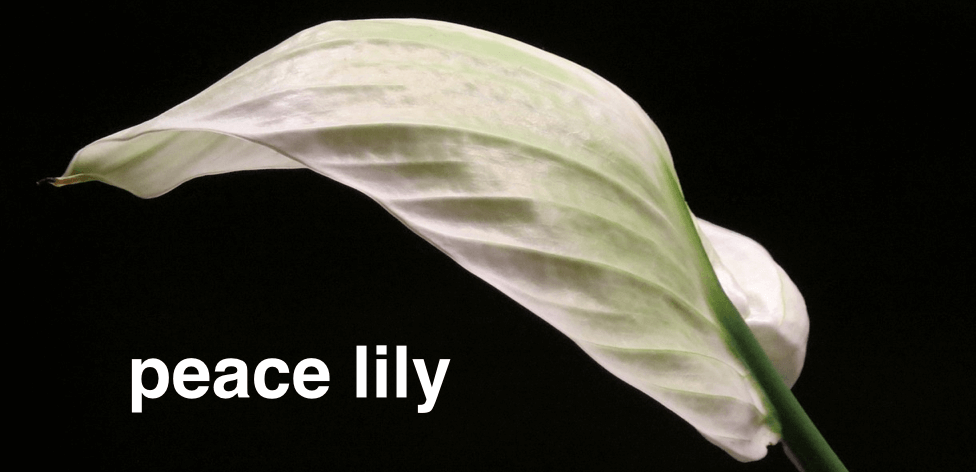Six Plants that Help You Breathe Easier
Indoor air pollution. It’s the elephant in the room. But unlike its cousin, outdoor air pollution, people don’t address the effects of indoor pollution as much—and the steps to reduce it. With the help of mother nature, we will list six air filtering plants that combat air pollution, as well as non-plant alternatives for people who prefer to tend to their gardening outside.

1. Boston Fern
Aesthetic Benefits: Full and flourishing, a Boston Fern is a great addition to your indoor plant collection. You can hang a fern, put it on a table, or install an individual pot stand. Hanging ferns are also great decorative items for indoor porches.
Toxins it removes: toluene, xylene, and formaldehyde
Level of care: A Boston Fern thrives in a warm, humid climate. For indoor care, place a Boston Fern in a place where it will receive indirect sunlight, and during the winter months, mist leaves daily (this is when indoor air can be very dry). The average temperature for ferns is 65 degrees

Fahrenheit, but this may fluctuate during winter months and in dry climates.
2. English Ivy
Aesthetic Benefits: Usually seen crawling the outside of brick buildings and fences, the English Ivy is an exquisite choice for indoors. If you have exposed brick or another vertical structure indoors that needs a little oomph, that’s where your English Ivy comes into play.
Toxins it removes: benzene, xylene, formaldehyde, trichloroethylene, and toluene
Level of care: During the first year of growth, you want to make sure the soil remains moist. Once an ivy is well-established, the plant can handle drier conditions (but will require occasional watering during the winter months). This type of plant also grows best in part shade, part sun.
Non-plant alternative: The AIRPURA R600 ALL PURPOSE AIR PURIFIER removes airborne particles, chemicals, and microorganisms. It’s environmentally friendly with a low-carbon footprint.

3. Peace Lily
Aesthetic Benefits: Want to brighten up your house without overcrowding the space? Pick a Peace Lily to take on indoor toxins. This delicate plant adds a tranquil and clean look to your decor. We recommend using it as a centerpiece in your living room or kitchen.
Toxins it removes: carbon monoxide and formaldehyde
Level of care: These sweeties are very forgiving of owners who have a less-than-adequate green thumb. Peace Lilies are resilient—and at minimum—require:
- Shade with some indirect light
- Indoor temperatures between 65-80 degrees
- Organic fertilizer
- Water when soil is dry and lily droops (overwatering doesn’t allow drainage, and moist soil can cause root rot)

4. Spider Plants
Aesthetic Benefits: Don’t worry, this plant doesn’t attract spiders. The name comes from the spiderettes that hang from the mother plant. A Spider Plant is one of the most popular indoor plants because it’s easiest to grow and compliments all types of spaces.
Toxins it removes: toluene, xylene, and formaldehyde
Level of care: Place in a bright room where the plant receives indirect light. Like the Peace Lily, you don’t have to water the plant daily, only when the soil is drained and dry.

5. Florist’s Mum
Aesthetic Benefits: For a dramatic pop of color, bring your florist’s mums (classic chrysanthemum) inside. The beautiful cluster of bright colors (from red, yellow, to orange) are eye-catching and create a touch of warmth, especially if your home decor is nonexistent or dull.
Toxins it removes: toluene, xylene, formaldehyde, benzene, ammonia, and trichloroethylene
Level of care: Position your mums by a window where they receive morning to early-afternoon sunlight. You don’t want them under direct light 24/7 because they will dry out. When potting mums for indoors, purchase a pot with a drainage bowl beneath it—they need to be watered consistently near the top soil (wet leaves can spawn fungal issues).
Non-plant alternative: Houseplant mold is another reason why many home owners tend to avoid indoor plants, especially if they are allergic. To remove airborne triggers (like mold, pet dander, and dust mites), check out the AIRFREE T800 AIR STERILIZER. It’s minimalistic and compact design makes it easy to place in any room. Plus, it’s noise-free so no annoying hum

and drums like you get with clunky and large air sterilizers.
6. Aloe Vera
Aesthetic Benefits: In recent years, succulent plant species, like aloe vera, have been dominating the decorative plant game because of their unique shape and lively colors. Besides aloe vera’s ability to reduce indoor air toxins, it has natural medicinal uses, like treating sunburn.
Toxins it removes: formaldehyde and benzene
Level of care: Let your aloe plant soak up the sunlight in well-lit areas, and water deeply without overwatering (allow soil to dry).
With a little care from you, these plants will diligently fight airborne chemicals and particles floating around your house. Before you purchase plants, we recommend visiting your local garden store. They can provide step-by-step instructions for planting and care. If you want to stick with an air purifier system, see one of the products offered by Pure n Natural.


%20(2).png)


